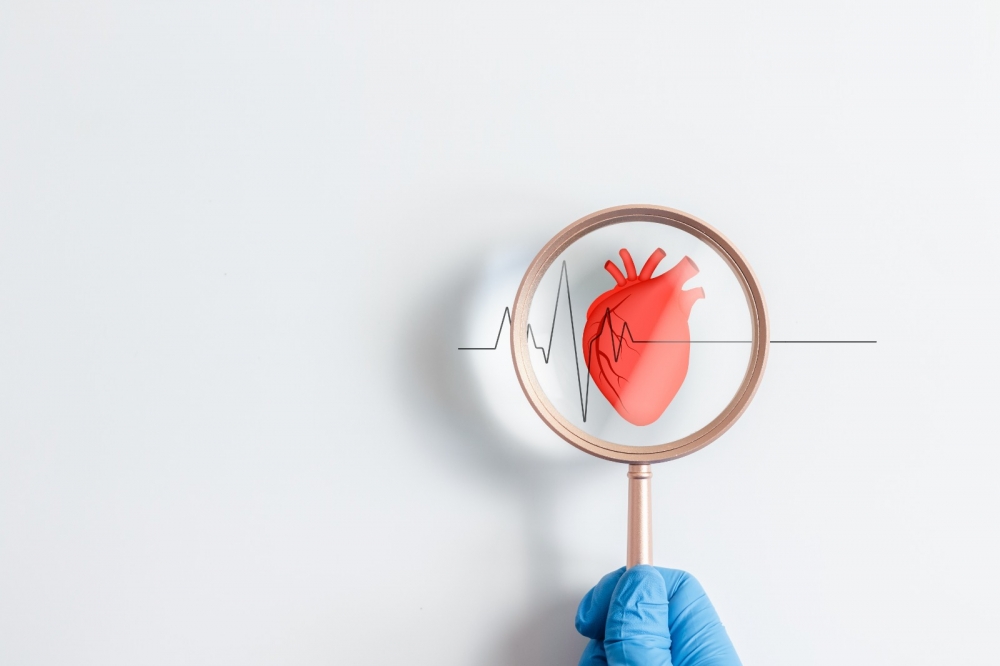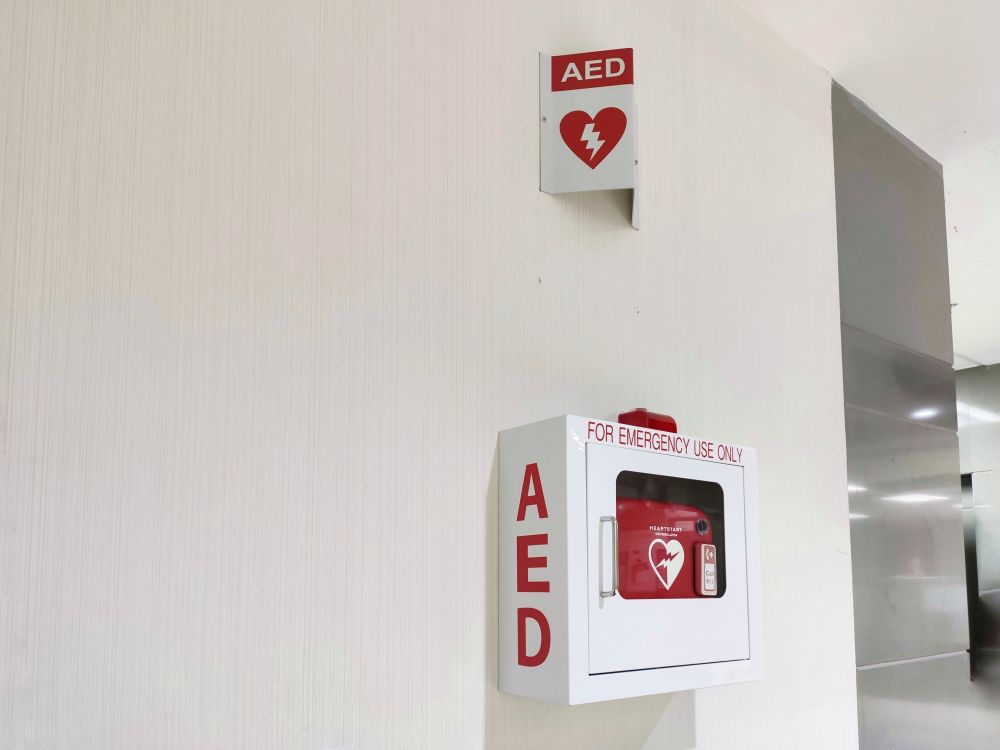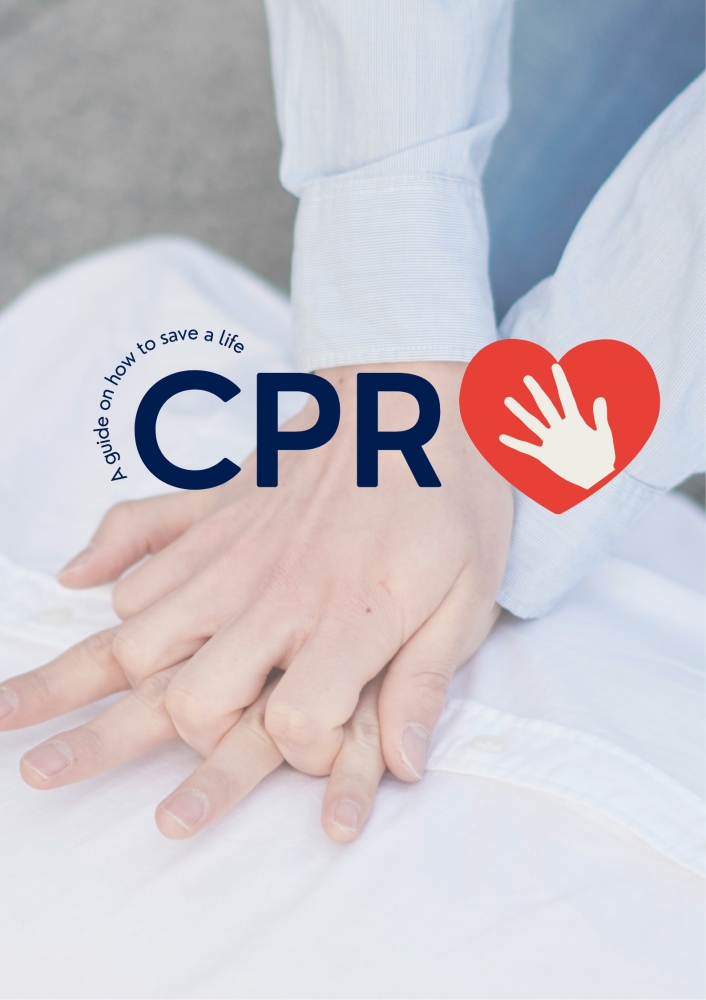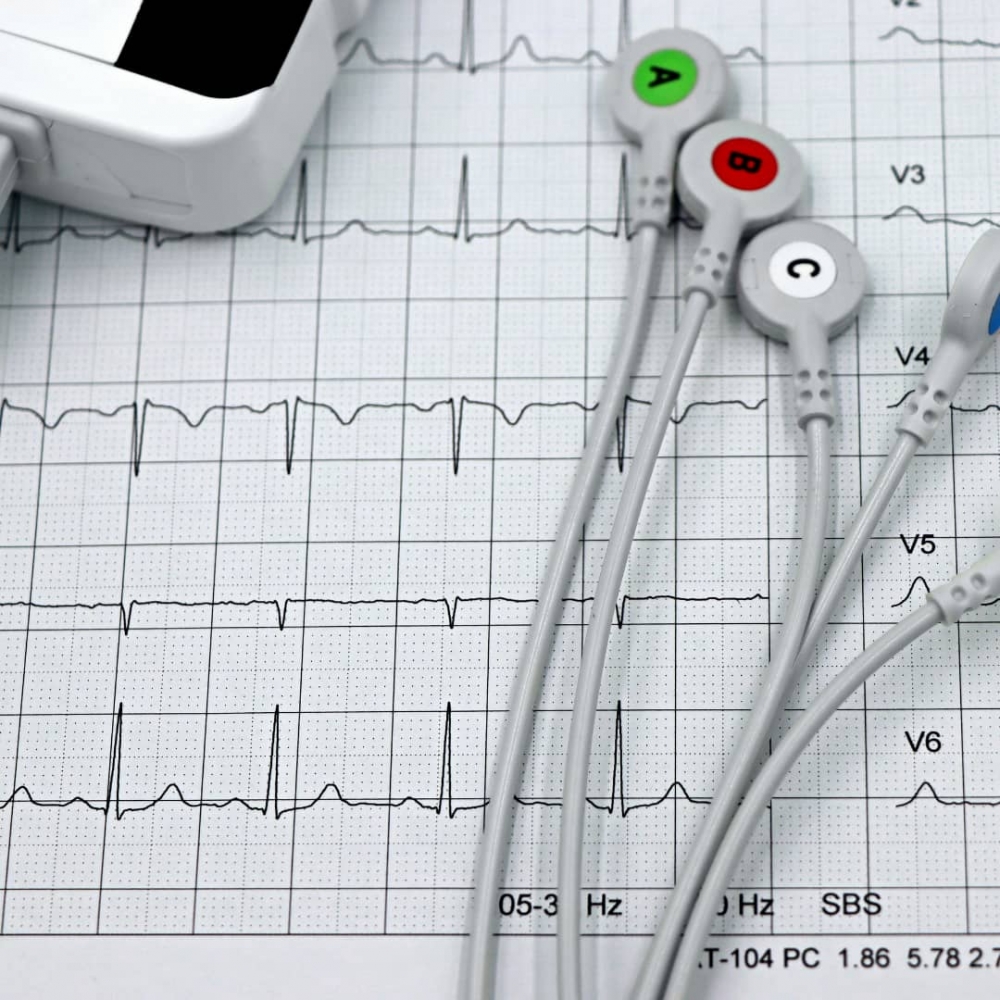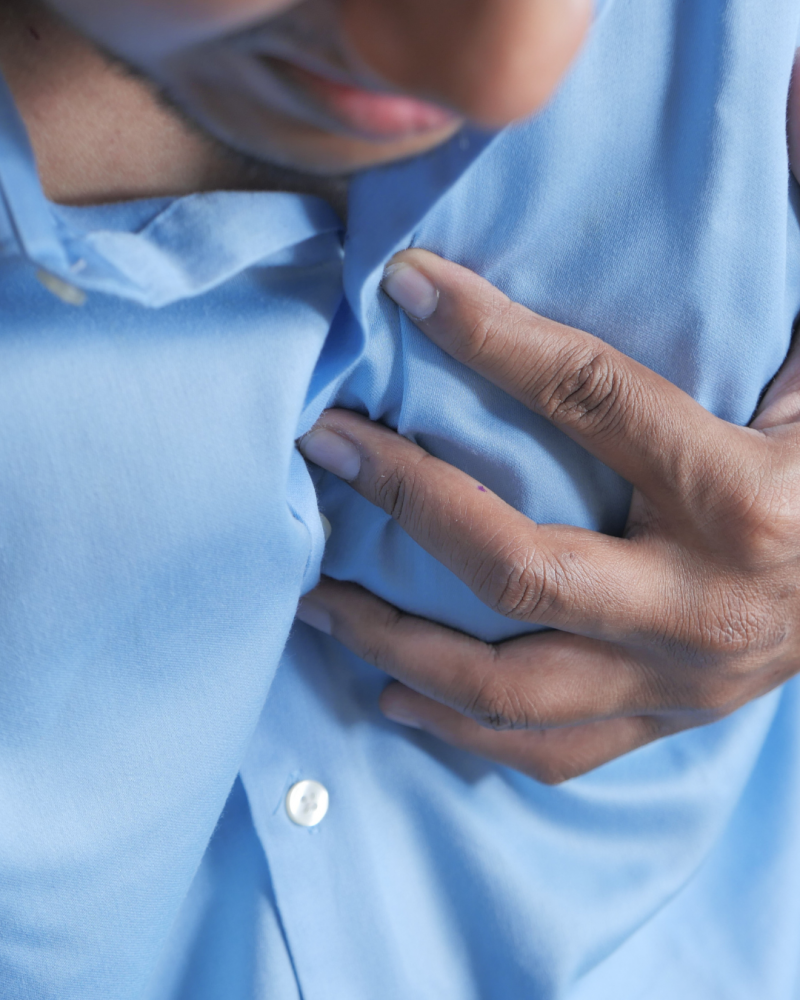COVID-19: I’ve got a rash below my face mask! (Dr Irene)

The rash is red, scaly, dry and itchy. This condition may worsen without treatment causing discharges and infection on top of the allergy.
Over this last few weeks as the society are more conscious in using face mask to protect oneself from COVID-19, a few have presented with face rash exactly below the face mask, the rest of the face was spared.
Face mask allergy is not common but can happen. It had been documented during the SARS pandemic in 2002-2004. Following this, there were some scientific write-ups on this condition. This is due to the increase usage of face mask and also the prolonged usage of face mask. It had also been categorised as part of occupational health hazard for healthcare workers.
How does one present with face mask allergy or face mask associated rash?
There are a few types of presentation
1. Contact allergy
“The surge that I see in my clinic over last few weeks are patients who already had ‘sensitive face’ who presented with a flare up of skin allergy right under the area of contact with the face mask. Usually the rashes do not extend beyond the margin of the face mask. The rash is red, scaly, dry and itchy. This condition may worsen without treatment causing discharges and infection on top of the allergy. There is also a subgroup of patient who never had ‘sensitive skin’,” explains Dr Irene Lee Chew Kek (pix), Consultant Dermatologist at Sunway Medical Centre Velocity.
These contact allergy can be due to the substance used in the production of the face mask. For example, formaldehyde and quaternium-15 had been found in some face masks that causes allergy.
“In addition to this, adhesives are used to attach foams into parts of the face mask. In these instances, dibromodicyanobutane may cause the allergy. Some masks has elastic straps to hold the mask to the face of the patient. Some patients may be allergic to thiuram, which is used in the production of some of these elastic bands.
2. Occlusive acne
This had also been documented in the SARS pandemic when healthcare workers needed to wear face mask for a prolonged period of time.
“Patients may present with red bumps on the face with or without pus together with black and white heads. These lesions are worse over the area below the face mask. Besides the occlusion causing the acne, some substance in the face mask can also contribute to this, ie dibromodiyanobutane.
3. Contact urticaria
In this condition, patient will develop hives not long after the contact with face mask. This is rarer but a possibility with face mask allergy.
4. Exacerbation of previous face allergy
“In patients with pre-existing face allergy, the friction caused by the face mask as well as the increase in temperature below the face mask may aggravate the allergy. This is also something quite commonly seen in my clinic.
Will type of masks matters with face mask allergy?
“Definitely so,” says Irene, highlighting that different manufacturers use different ingredients for the production.
“Being allergic to one type does not equate to allergy to all face mask. If you do have an allergy to your current face mask, treat your face allergy first before attempting to try on another type of face mask. In the meantime, practice social distancing and frequent hand wash,” she added.
There are many types of face mask such as the 3-ply face mask and N95 mask. In the previous reports, N95 masks were more commonly reported in the SARS pandemic. However, it may be a biased reporting as healthcare workers dealing with SARS probably uses more N95 masks compared to other types of mask at that time.
What should I do if I develop face associated rash?
Firstly, only use the mask if it is necessary. The current recommendation for the healthy public is to practice social distancing and frequent hand wash. Only wear mask if you are sick. Eliminating the offending substance which is face mask in this case will greatly help with the rash. Moisturize the rash as frequently as needed and use gentle cleanser. Do not scratch or rub on the rash. Do try to avoid heat exposure. Failing these, seek medical advice. If you are sick and need the mask, also moisturise the rash as frequently as needed and seek medical advice.
How would doctors treat these rashes?
Gentle cleanser and suitable moisturiser is part of the treatment. On top of that, non steroid anti-inflamatory creams and steroid creams may be used to calm down the contact allergy or face allergy. Anti-histamine may be needed for itch control. For acnes, if avoidance does not help, anti-acne preparation i.e. creams or tablets may be needed. Rarely, other treatment may be needed for more severe cases.
In summary, albeit rare, face mask associated rash is a possible risk for people who done on face mask. Correct diagnosis and care is important to prevent complications as a result of these rashes.
Suggest to Read
